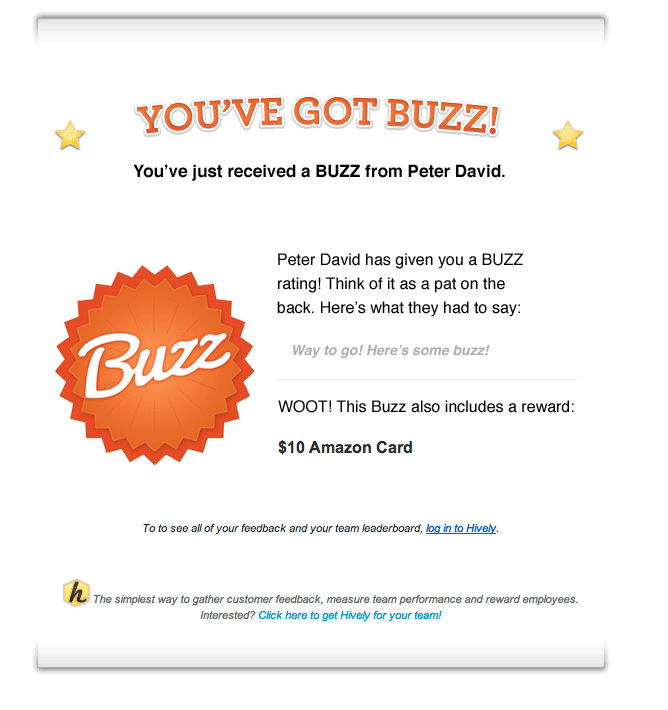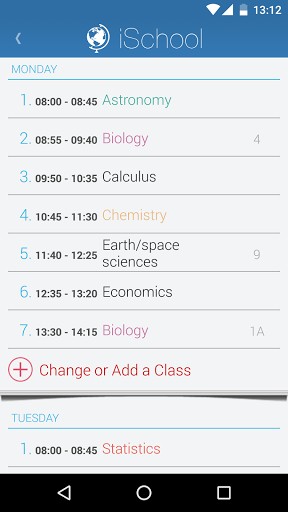
This is a tall order in any learning environment, and can be particularly hard in a virtual school, but Buzz can help. Providing a personalized learning experience entails using each student's performance, potential (abilities and competencies), and interests to adapt instructional pace and approach to best meet their needs, while giving them an appropriate amount of control over their educational experience and direction. Both teachers and students can easily access this information and use it to guide and personalize the learning path. Objective Mastery: Buzz allows admins to import educational standards (e.g., federal, state, district), align them with activities to establish learning objectives, and track and review how each student performs against them.Creating and completing self-assigned tasks can help students explore material, manage their time, and direct their own learning path. Self-assigned Tasks : Students can create and self-assign activities that are integrated into their calendars.In continuous enrollments, course completion is indicated by the students' completion of certain activities, rather than by the ending of a semester or other timeframe, and Buzz automatically schedules suggested due dates for all gradable activities to give students guidelines and help them stay on track. Continuous Enrollment : To facilitate the self-paced nature of many virtual schools, Buzz allows continuous enrollments.To-do Lists: The To-do List appears on the Home page and lets students know about upcoming and past-due activities.We believe that this power should come with tools to help them succeed, so Buzz provides: Virtual schools empower students by giving them a lot of control over how, when, and where they engage school. Reviews can focus on a specific activity (like a group project, a presentation, a blog, etc.) or on more general performance (things like participation, collaboration, etc.). Peer Assessment: Peer assessment activities ask students to evaluate each other's performance using a rubric provided by their teacher.Blogs are accessible by everyone in a class and journals can be accessed only by the student, the teacher, and anyone with observation permissions (parents, mentors, etc.). Blogs and Journals: Blog and Journal activities allow students to share individual critique and reflections with teachers and/or peers.


Discussions and Wikis: Wiki and Discussion activities allow students to build peer communities by making individual contributions to collaborative knowledge building and idea exchange.Integrate critique, collaboration, and reflection activities, like Discussions, Blogs, Wikis, and Journals.Create and assign a meaningful project.Projects : This activity let's teachers:.Collaboration: Buzz offers a variety of activity types, and some of them are crucial in facilitating collaboration in virtual spaces:.Buzz eases the logistical nightmares that group work can cause, and lets teachers focus on helping students get the most out of collaborating in a virtual space. Once created, teachers can send group messages, assign group activities, create quick intervention tasks for them, assign group grades, award badges, arrange peer assessments within groups, and filter list views by group. Groups : Buzz lets teachers easily divide classes into multiple and overlapping group sets.This is particularly useful for the self-paced and distanced nature of virtual learning environments.

Peer Help allows students to easily see which of their classmates have completed an activity, so they can ask them for help as thought they were sitting in the same classroom. Peer Help : Independent work doesn't have to mean working in a vacuum.Buzz lets students experiment with multimedia submissions, like video blogs or podcasts, and gives teachers the option to provide audio/video feedback.



 0 kommentar(er)
0 kommentar(er)
